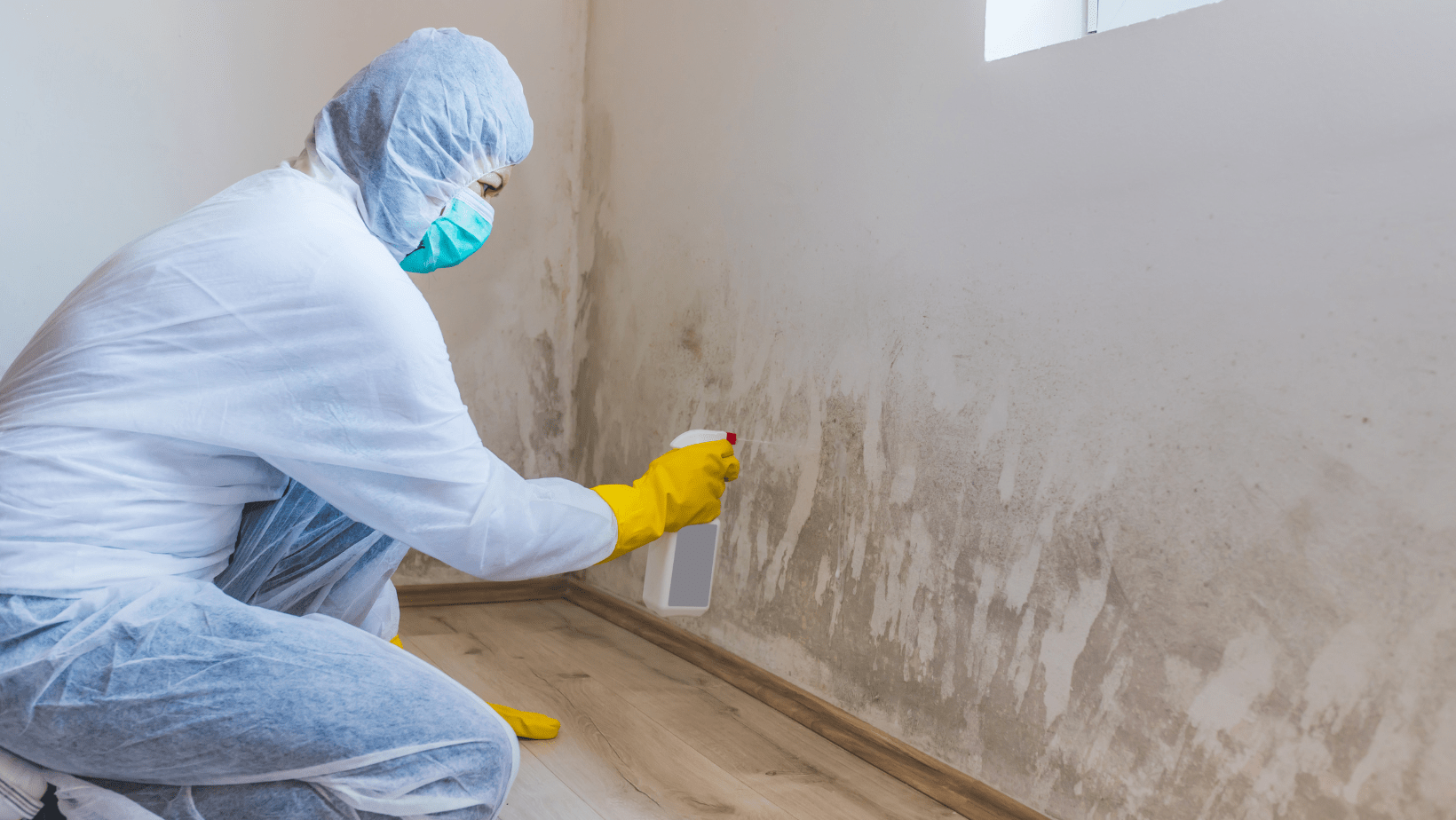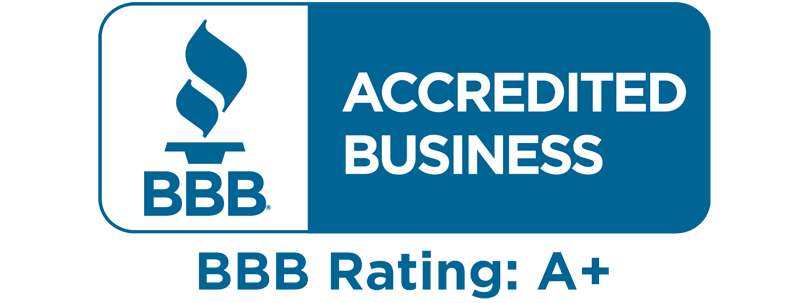
When you find mold in your home, it can be frightening. After all, it’s not something that you see every day. If you are worried about what this means for your family, read on as we explain the reasons why you might find mold in your home and how to remediate it.
What is Mold?
Mold is a type of fungus that grows in indoor and outdoor climates. As a result, it can be found almost anywhere, but it is more prevalent in humid climates. Mold lives in soil and grows over time, but it can also grow in indoor environments if it is exposed to moisture. Fungi are organisms that grow between two different surfaces. Mold is actually a type of fungus. Mold can grow on almost any surface. It often grows in dark, damp places, such as near a leaky pipe, a leaky roof, or a damp basement wall. Mold spores can travel easily between buildings and adjoining outdoor spaces.
Types of Mold
Molds can be classified as both aerobic and anaerobic. Aerobic molds include species that require air to survive and grow. Anaerobic molds do not require air but instead thrive in the absence of oxygen. An example of an aerobic mold is Penicillium, a fungus that grows on bread, fruit, cheese, and other foods. These molds produce spores that can spread from one food item to another. An example of an anaerobic mold is Aspergillus, a fungus that can grow in areas of your home that are not exposed to air, such as a wall or floor. Unlike aerobic molds, anaerobic molds produce spores that can survive a long time in the absence of air.
Why Find Mold in Your Home?
While it is true that many homeowners want to find mold in their homes, this does not mean that you are doomed. Indeed, finding mold in your home does not necessarily mean that your health will be affected. The most important thing is to get it cleaned up. If you discover mold in your home, there are a few reasons you might have it. The primary reasons are that you have a leaky roof or pipes that are not properly sealed. Another reason could be that you have an indoor water feature, such as a fish tank or a water fountain, that is leaking.
4 Signs That You Have Mold
If you have found mold in your home, you might want to keep an eye out for these signs: Dark or brown spots on surfaces in your home. Damp odors that are either unpleasant or make your home smell like something is rotting. A change in your home’s energy consumption, such as increased energy consumption while no one is in the home. Any of these signs could mean that you have mold in your home. Keep an eye out for any of these signs and take action as soon as possible.
How to Remediate Mold
There are a few different ways to remediate mold: You can clean it with a special product or scrub it with a mild detergent. Install a dehumidifier to remove the excess moisture from the air. You can seal off the area where mold is and clean the area with a product that removes mold spores. You can treat any damage caused by the mold. Understanding how to remediate mold is key to ensuring that your home is safe and that the mold is gone for good.
The first step is to clean any visible mold from surfaces in your home. If you can easily wipe the surface clean, go ahead and clean it. If the mold is spreading, however, it is best to remove it. Next, seal off the area where you have found the mold. For example, if you have found mold in a basement, you can seal off the area with plastic sheeting. This will prevent mold spores from spreading.
If you find mold in your home, you should not panic. Mold is something that happens naturally, and it is something that you will have to clean up. If you are struggling with mold, contact Steamatic of VA Peninsula’s team of restoration experts.







